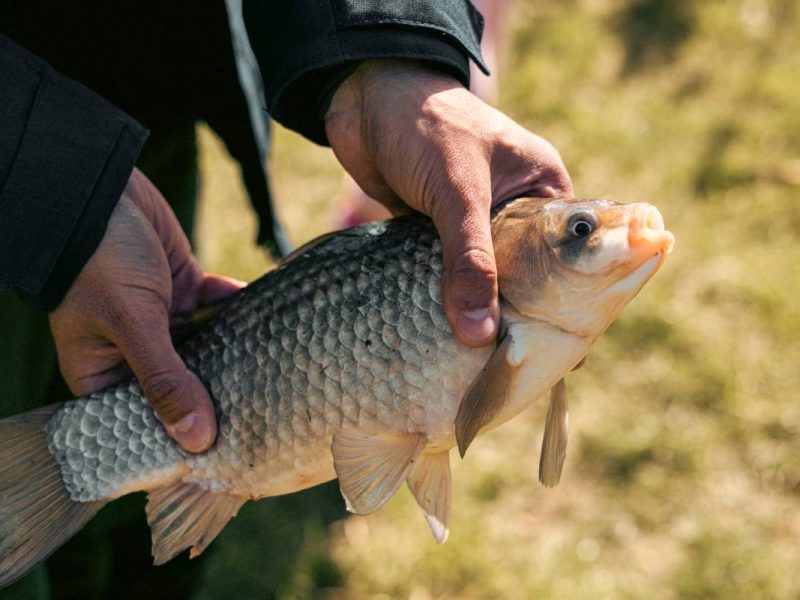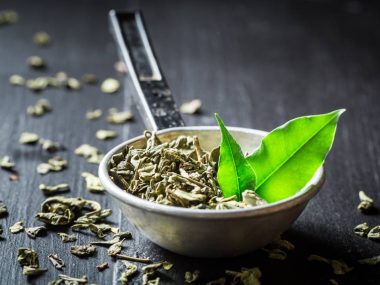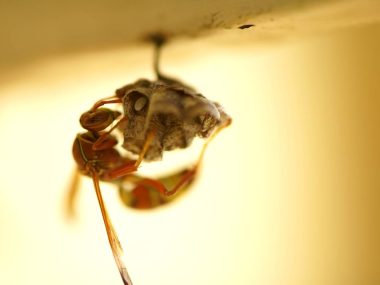Invasive species are among the most pressing challenges facing ecosystems worldwide, with their impacts spanning ecological, economic, and social realms. From the insidious spread of non-native species to the subsequent disruption of native habitats and agricultural systems, the consequences of invasive species are profound and multifaceted.
In this exploration, we delve into the realm of invasive species, identifying ten of the most notorious invaders across the globe. From voracious Asian carp to pervasive European rabbits, each species represents a unique threat to ecosystems and human livelihoods.
Moreover, within the context of Australia, where invasive species pose particularly acute challenges, we examine the impact of these invaders, culminating in an understanding of the most significant threats faced by this biodiverse continent.
Invasive species are non-native organisms that invade and establish themselves in ecosystems outside their natural range, often causing significant ecological, economic, or social harm. These species, whether plants, animals, or microorganisms, possess characteristics that enable them to outcompete native species for resources like food, water, and habitat. Their rapid proliferation can lead to the decline or even extinction of native species, disrupting delicate ecological balances.
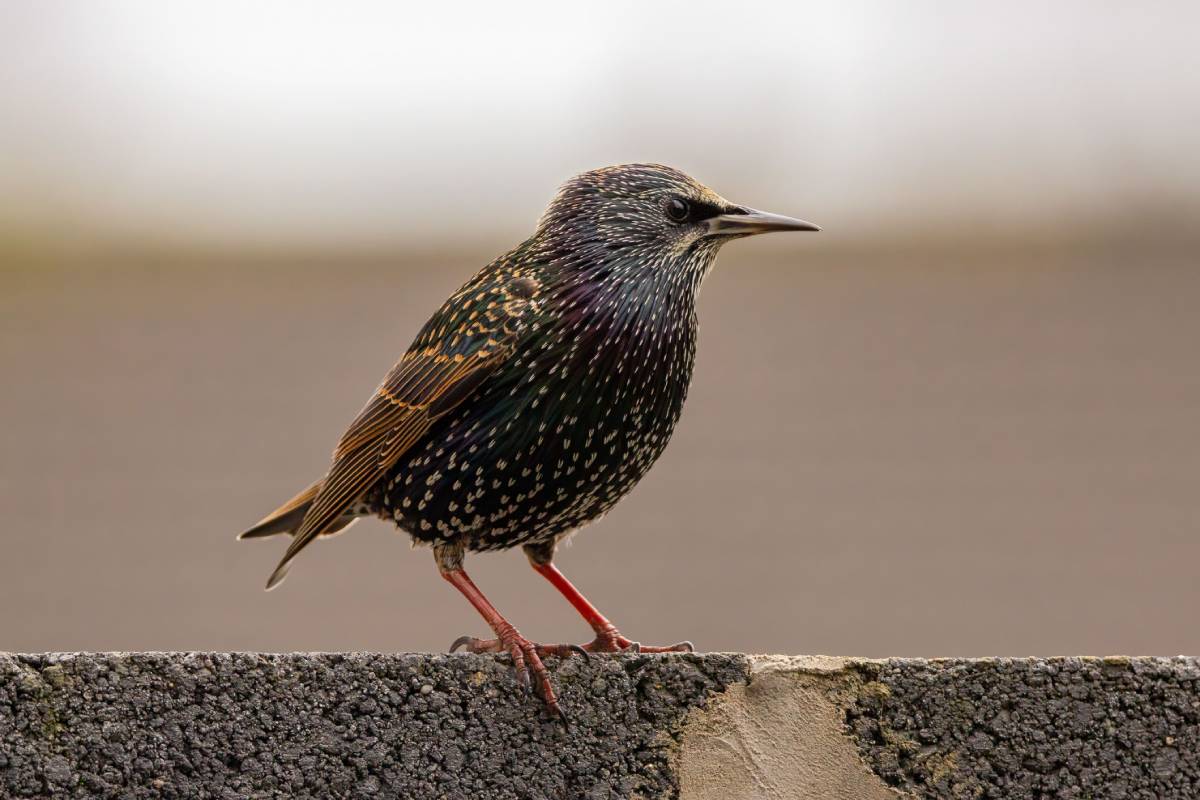
The impacts of invasive species extend beyond ecological concerns. They can also have profound economic effects, damaging crops, fisheries, and infrastructure. Additionally, invasive species may pose risks to human health by transmitting diseases or triggering allergies. Efforts to manage invasive species involve prevention, early detection, and control strategies such as mechanical removal, chemical treatments, and biological controls like introducing natural predators.
However, eradicating invasive species can be challenging and costly, requiring coordinated action across governmental agencies, conservation organizations, and local communities. Prevention remains the most effective approach, emphasizing measures such as stricter biosecurity regulations, public education, and early intervention to prevent the introduction and spread of invasive species.
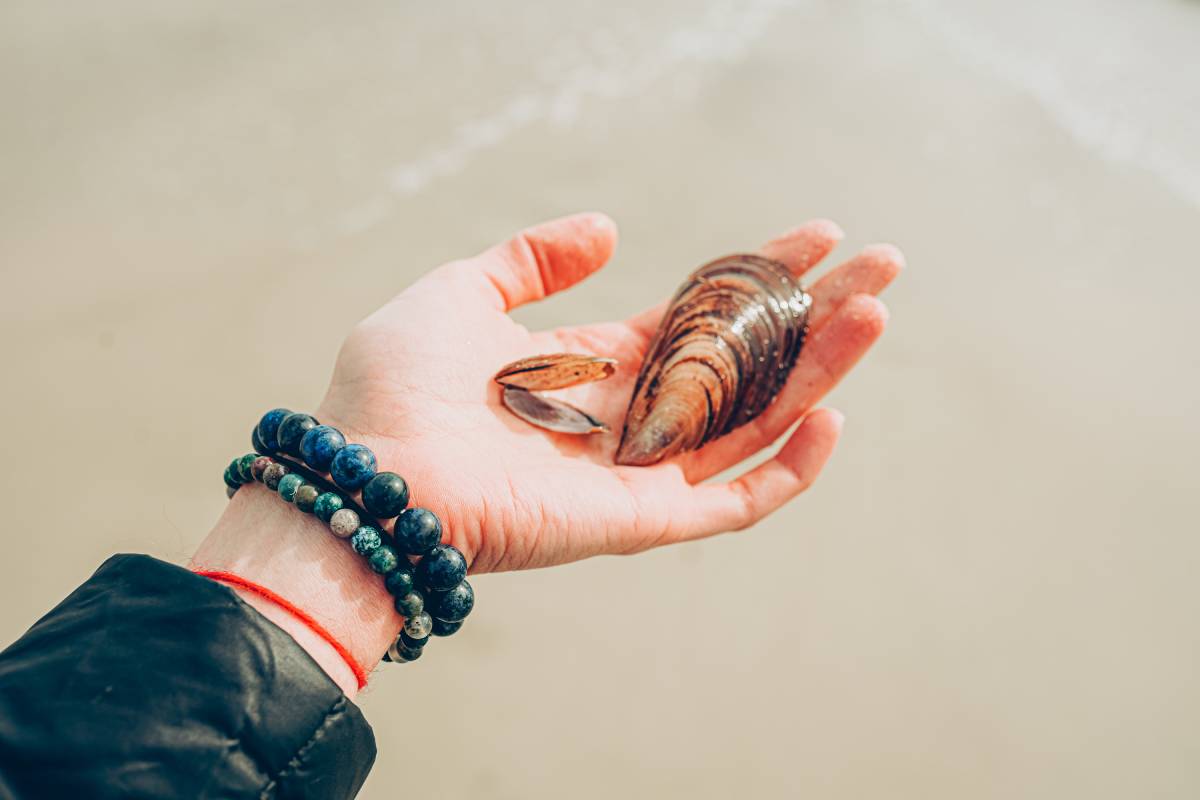
The ranking of the most invasive species can vary depending on factors such as region, ecosystem, and specific impacts. However, here are ten examples of highly invasive species that have caused significant ecological and economic harm in various parts of the world:
- Asian Carp (Cyprinidae): These fish have invaded waterways in North America, outcompeting native species and causing ecological imbalances.
- Zebra Mussel (Dreissena polymorpha): Originally from Eastern Europe, zebra mussels have spread to many freshwater ecosystems worldwide, clogging water pipes, displacing native species, and altering aquatic habitats.
- Cane Toad (Rhinella marina): Introduced to Australia to control agricultural pests, cane toads have become a major invasive species, impacting native fauna through predation and toxic secretions.
- European Starling (Sturnus vulgaris): Introduced to North America, European starlings compete with native bird species for food and nesting sites, often displacing them.
- Giant African Land Snail (Lissachatina fulica): Native to East Africa, this species has become invasive in many tropical and subtropical regions, damaging crops and ecosystems.
- Kudzu (Pueraria montana var. lobata): Introduced to the United States for erosion control, kudzu is now considered one of the most invasive plants, smothering native vegetation and altering ecosystems.
- Brown Tree Snake (Boiga irregularis): Accidentally introduced to Guam, the brown tree snake has caused extensive declines in native bird populations and ecological disruptions.
- Red Imported Fire Ant (Solenopsis invicta): Native to South America, red imported fire ants have spread to many countries, disrupting ecosystems and posing a threat to human health with their painful stings.
- Lionfish (Pterois volitans/Pterois miles): Native to the Indo-Pacific, lionfish have invaded the Caribbean and Gulf of Mexico, preying on native fish and disrupting coral reef ecosystems.
- Giant Hogweed (Heracleum mantegazzianum): Originally from Central Asia, giant hogweed has spread to Europe and North America, posing health risks to humans due to its toxic sap and outcompeting native plants in riparian habitats.
These species represent just a fraction of the many invasive organisms causing harm around the world, highlighting the importance of efforts to prevent their introduction and manage their impacts.
What is the worst invasive species in Australia?
The European rabbit (Oryctolagus cuniculus) stands out as one of the most infamous and impactful invasive species in Australia. Introduced to the continent by early European settlers in the late 18th century, rabbits were initially brought for recreational hunting and as a familiar source of food. However, their rapid spread and prolific breeding capabilities soon led to unforeseen consequences, making them a significant ecological, economic, and social issue.
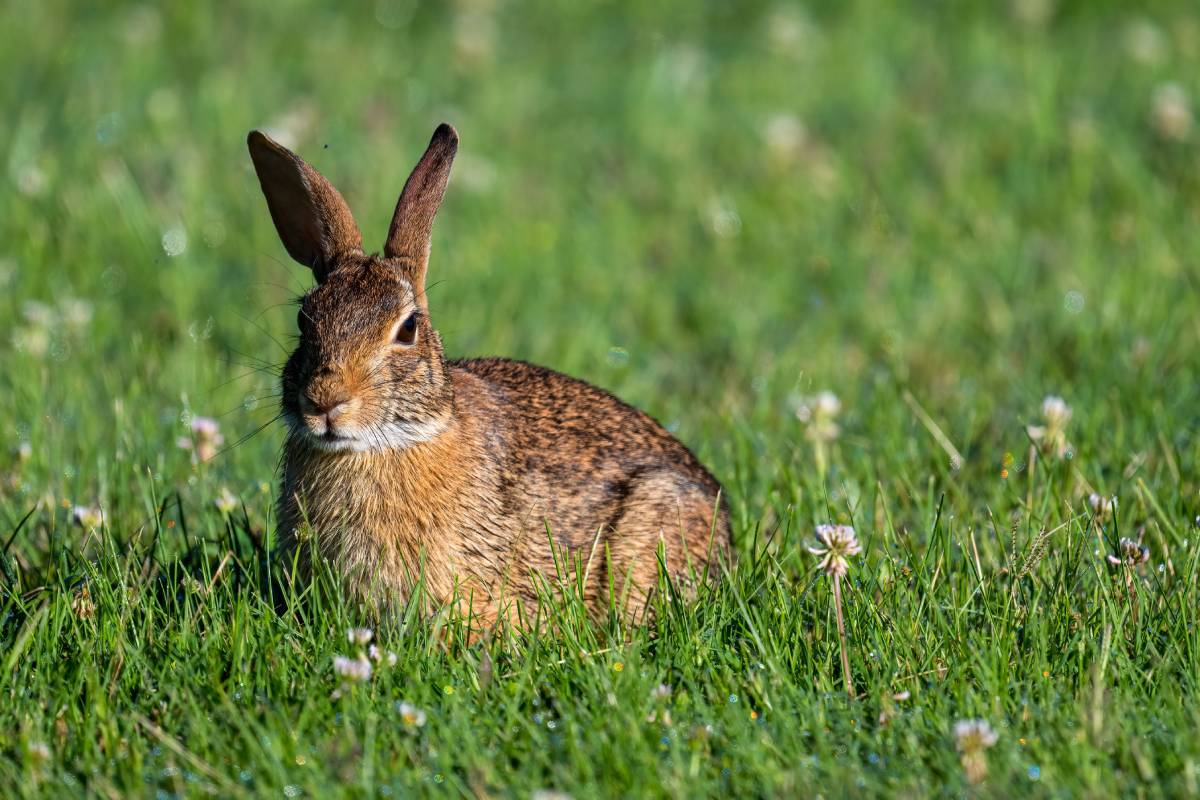
Rabbits found Australia’s diverse landscapes to be ideal habitats for colonization. With few natural predators and a climate conducive to breeding year-round in many regions, their populations exploded exponentially. Rabbits proved highly adaptable, thriving in a variety of ecosystems, from arid deserts to temperate forests. This adaptability enabled them to spread across vast swathes of the continent with astonishing speed.
The ecological impacts of rabbits on Australia’s native flora and fauna have been profound. Their voracious appetite for vegetation has led to overgrazing and habitat degradation, resulting in the loss of native plant species and altering entire ecosystems. Native vegetation, vital for the survival of many native animal species, has been severely depleted, leading to declines in biodiversity and disrupting delicate ecological balances.
Furthermore, rabbits are prolific burrowers, creating extensive warrens that destabilize soil and contribute to erosion. This soil erosion has far-reaching consequences, affecting water quality, riverbank stability, and agricultural productivity. The loss of vegetation cover due to rabbit grazing exacerbates these effects, leading to increased susceptibility to erosion, particularly in arid and semi-arid regions where vegetation is sparse.
The economic impacts of rabbits on agriculture have also been significant. Rabbits consume a wide variety of agricultural crops and pastures, causing damage to valuable agricultural land and reducing yields. The cost of rabbit control measures, such as fencing, baiting, and biological controls, places a considerable financial burden on farmers and landowners. In some cases, the economic losses incurred due to rabbit damage have been substantial, leading to decreased profitability and productivity in affected areas.
The social impacts of rabbits in Australia are multifaceted. For rural communities dependent on agriculture, the presence of rabbits can lead to increased stress and financial hardship as farmers struggle to protect their crops and pastures from rabbit damage. Additionally, rabbits can impact recreational activities such as camping, hiking, and outdoor sports by damaging natural landscapes and reducing the aesthetic appeal of affected areas.
Over the years, various control measures have been implemented to manage rabbit populations and mitigate their impacts. These measures include physical barriers such as fencing, chemical controls such as poisoning and fumigation, biological controls such as the introduction of diseases like myxomatosis and rabbit hemorrhagic disease (RHD), and ongoing monitoring and eradication efforts.
Despite these efforts, rabbits remain a formidable pest species in Australia, posing ongoing challenges for conservationists, land managers, and policymakers. Their resilience, adaptability, and high reproductive rate make them a persistent threat to native ecosystems, agricultural productivity, and social well-being. Effective management of rabbit populations requires a coordinated and multifaceted approach that considers ecological, economic, and social factors, as well as the complexities of Australia’s diverse landscapes and ecosystems.
Conclusion
Invasive species stand as formidable adversaries to the delicate balance of ecosystems, perpetuating a cycle of ecological disruption and economic loss. Through our exploration, we have uncovered ten of the most notorious invaders, each wielding its own arsenal of threats to biodiversity and human prosperity.
From the rampant spread of the European rabbit in Australia to the relentless advance of Asian carp in North America’s waterways, the need for vigilant management and proactive intervention has never been clearer. By fostering international cooperation, implementing stringent biosecurity measures, and investing in innovative control strategies, we can strive to mitigate the impacts of invasive species and safeguard the integrity of our planet’s ecosystems for generations to come.
